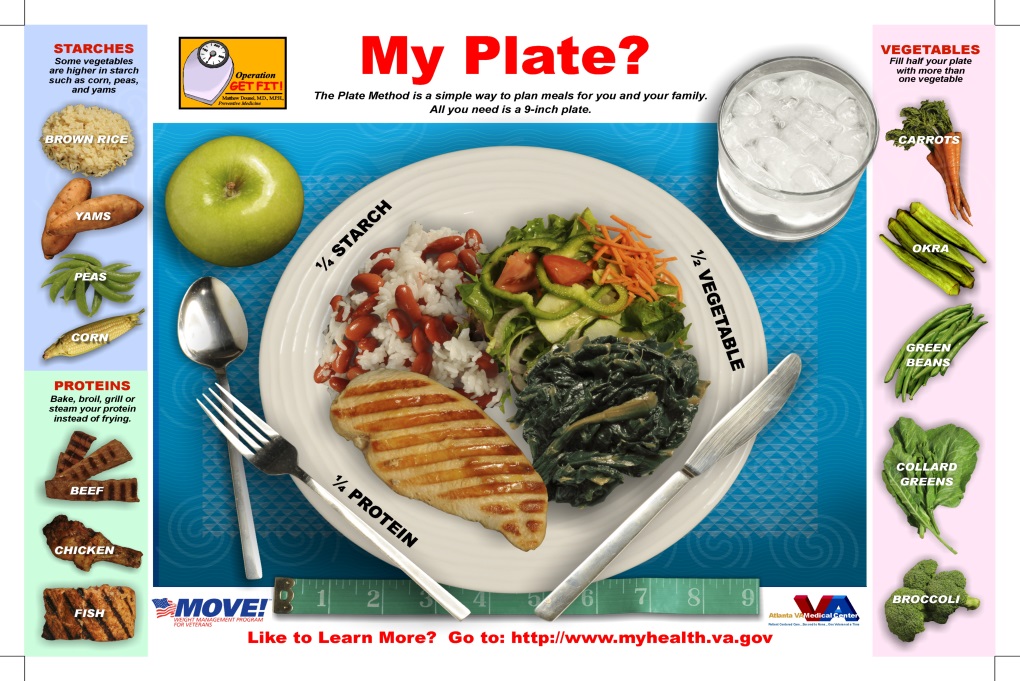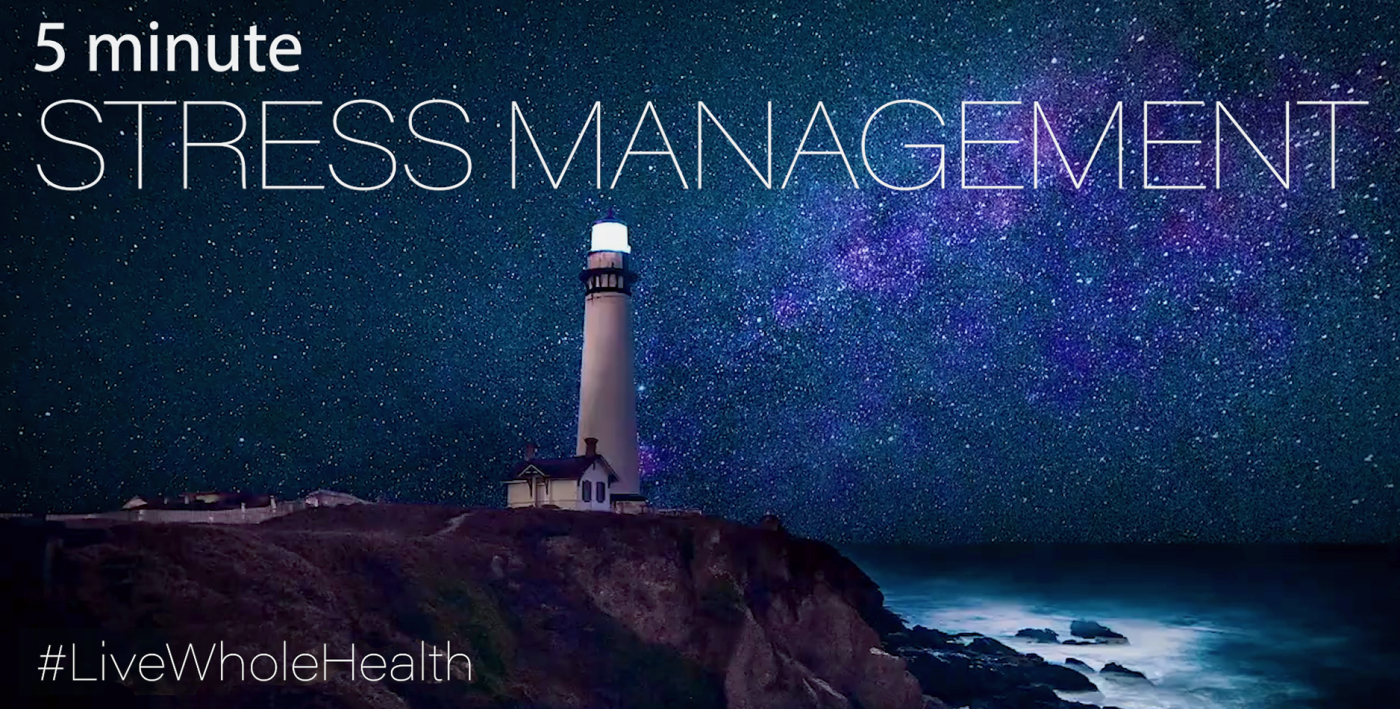Most of us have heard the standard tips for heart healthy eating: “put the salt shaker down,” “avoid fried foods,” or “get dressing on the side.” While these suggestions are tried and true, focusing on what we shouldn’t eat can make us, and our taste buds, feel deprived. Instead, let’s focus on what heart healthy, flavorful foods we can enjoy daily.
What does heart health mean to you? As a VA Registered Dietitian Nutritionist (RDN), I consider the Veteran’s cholesterol levels, blood pressure, weight, and any related medical conditions when providing nutrition counseling. If your numbers are too high, ask for a referral to your PACT or MOVE! Program RDN. Making changes to your meal plan can help improve your cholesterol and blood pressure.
In honor of “American Heart Month”, here are my favorite tips for heart healthy eating:
Add some spice: When you start cooking with fresh, frozen, or jarred spices and herbs, the aromas and taste will have you setting salt aside. My favorites are garlic, shallots, spicy chili flakes, basil and cinnamon.
Beans are good for your heart: Beans are nutrient powerhouses that are packed with lean vegetarian protein, antioxidants and hunger-quenching fiber. Pinto, red kidney, chickpeas, or edamame are tasty and inexpensive additions to salads, casseroles, and soups. Rinse no sugar/no-fat-added canned beans with water to lower the sodium.
Go lean with protein: “Loin” meats (tenderloin, sirloin) are naturally lower in fat. Ninety percent or higher lean ground beef now sold in many supermarkets is a healthy swap for the 80 percent (“80/20”) meats. Eating omega-3 rich fish including salmon, sardines, and mackerel twice per week is a great way to start. Low-fat dairy products and boiled whole eggs count too. Preparation makes all the difference- try grilling, roasting or steaming your meats.
Vegetables are more than just a side dish: The “healthy plate” meal planning tool recommends filling half of your plate with “whole”, fresh, canned or frozen vegetables, rather than juice. Try “eating the rainbow” to get the maximum benefit and variety of vitamins and minerals – different colors provide different nutrients.
Be a nutrition facts label and ingredient list detective: Trans fats are more harmful to your heart than other types of fat and may be hidden in non-dairy creamers, tub margarine spreads, and bakery items. “Partially hydrogenated” is a code word for trans-fat. Check the first few ingredients for “sugar,” “syrup” or those ending in “ose” (think “glucose”) to help limit your sugar intake.
Plant power: Eating excess saturated fat (found in many animal products) may raise your cholesterol levels. Monounsaturated fats (from plant sources) are a healthier everyday swap. My favorites are olive oil based dressings, and peanut butter or avocado on whole wheat toast. Chia seeds, flaxseeds or pumpkin seeds add texture to cereal and Greek yogurt.
Bump up the fiber with whole grains: Forget the cardboard-like texture of the whole grains of yesteryear. Beyond 100 percent whole-wheat bread or pasta, brown rice, and oatmeal, try hearty ancient grains like quinoa or farro, or low-fat popcorn. Look for at least 2-3 grams of fiber per serving or the first ingredient should be “whole” or “oats” instead of “enriched wheat.”
This heart healthy meal plan can help you get started. Results of this recent research article from the European Journal of Clinical Nutrition confirm why.
Best wishes to our Veterans and their families and a healthy winter season.

Topics in this story
More Stories
Army Veteran Denis Velez donated a painting of his VA hospital as a way of giving back for his treatment there.
Ron Anderson's story of being caregiver for his father in his final years is a journey of love and duty.
Ignoring challenging emotions can negatively impact our health. Breathe through worry, anger and sadness in 5 minutes with this week's #LiveWholeHealth practice.








Need more information if you are renting and 100%
disabled do I qualify for safety hand rails. I am 69
and live alone have severe knee promblems.
U know u clinic stay this that everything, how do u help veteran in the street? Veteran low on cash to get right. Meals per day? Where va clinic can not communication between other clinics , and do things in a time, not have veteran wait a month before ccing a veteran , thier. Many veterans need help va take thier time making appts, then doctors primary doc need read their record , not just high lite thier area, they what too.. , if doctor just sends to all those clinic not have control to help the veteran its a lost causes waste of government money , when a send him her on a wild goes case